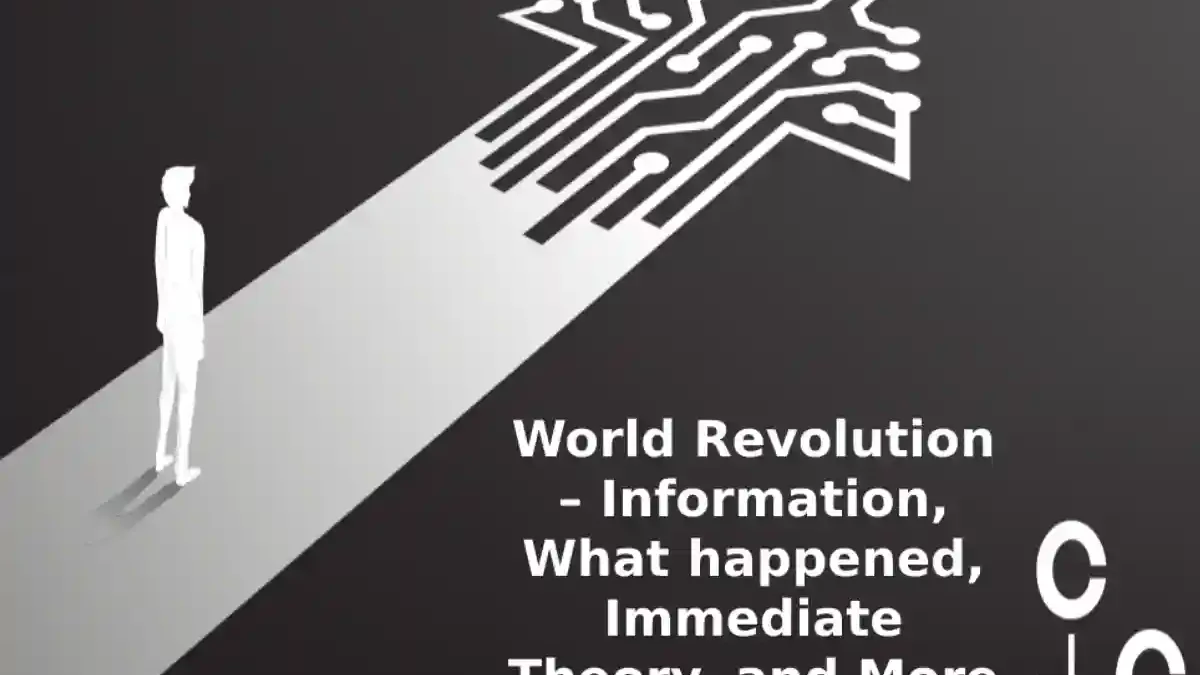Table of Contents
Introduction:
Established on the ideas of Karl Marx and the Second Workers’ International, Lenin and Trotsky thought that the success of the Russian Proletarian Revolution depended on the expansion of the same process worldwide. As pragmatic ideologues and politicians, they planned a strategy to support Western countries’ workers’ struggles.
The hope of a world revolution was growing between the years 1916-1920 due to: the massive workers’ strikes in the steel sector in Germany, the mutiny of the French and English armies against their leaders, the uprisings of the Italian workers in Turin and the Irish republican rebellion in Dublin in 1916 (Harman, 2013: 394).
Lenin considered the situation in Germany, a country that could ensure the triumph of socialism. In that nation, defeat was imminent, so, in the city of Hamburg, the navy called for the formation of workers’ and soldiers’ councils, in addition to organizing a revolution that put an end to the German empire to form the Weimar Republic governed by the Social Democratic Party (SPD). The German bourgeoisie wanted to avoid any Russian revolutionary scenario, so it agreed to peace and an armistice and divided the labour movement led by the Communist Party of Germany (KPD) through paramilitary groups or free corps made up of ex-combatants.
In January 1919, a workers’ uprising was harshly put down by the Social Democratic government, in which the leader’s Rosa Luxemburg and Karl Liebknecht kill. This fact fractured the German Communist Party into two groups, the moderates -the old communists who sought to conquer power through trade unions and parliamentary elections-, and the radicals -who rejected parliamentary democracy and proposed a democracy from below to up from the workers’ councils.
Third International
To expand the revolution towards the Mediterranean and concentrate the actions of communists worldwide, on March 4, 1919, in Moscow, the Third International or Comintern ( Kommunistichesky International or International Communist) find with delegations from 37 countries.
With the support of the Soviets, the revolution was hope in many countries, while the communist parties represented the political opposition. Despite little help from Russia in crisis, the fear of contagion from the revolution was real among the leaders of many nations, which is why policies imposed to isolate the communists internally and revolutionary Russia the kept outside.
The idea of world revolution was present in Soviet politics until Stalin implemented the theory of “Socialism in one country”; the Comintern last met in 1935 and was dissolved in 1943 to improve the USSR’s international relations with the Allies.
What happened to the World Revolution?
It is not that we live in peace: there is terrorism and violence everywhere in this time of wars and revolutions, there are protests and claims everywhere: against imperialism, against racism and patriarchy. For sexual diversity and the rights of animals and nature—true and false revolutions, for all tastes and colours. But the Good Old cause of the World Revolution is conspicuous by its absence.
And it is not because it is not named, under the euphemism of “change of system”, in these times when we return to listen to La Internecinal and la Bella Ciao in many places.
It is simply that the international organization for political purposes of the workers. Of the proletarians (those who are not masters of their lives and know it).
It does not even come close to those meetings in London in 1864 to found the First International when (says Google) “English trade unionists, anarchists. French socialists and Italian republicans” met in London. “Its purposes were the political organization of the workers in Europe and the rest of the world. As well as a forum to examine common problems and propose lines of action.”
When was the World Revolution?
The hope of a world revolution was growing between 1916-1920 due to: the massive workers’ strikes in the steel sector in Germany. The mutiny of the French and English armies against their leaders. The uprisings of the Italian workers in Turin and the republican rebellion.
Immediate World Revolution Theory
The Theory of Immediate World Revolution is the story of a conspiracy of communists.
Of a tiny group of discreet and resolute like-minded people. Who decide to establish communism by the same means used by consumer capitalism. And the system of representative democracy to impose its products and parties: what Vance Packard called? Underground persuasion? or what Sigmund Freud’s nephew, Edward Bernays, called? Propaganda?. Therefore, it is true that only once the revolution has been carried out, but not before. The majority of the people realize that it has happened and that they have participated in it.
The means of the revolution are no longer the armed militias, nor the great orators, nor revolutionary propaganda. But the system’s instruments of domination: consumption, leisure, advertising and entertainment. Mariën’s proposal is, above all, a joke and a joke. Still, the trick’s effectiveness (Witz) consists.
As Freud teaches us, in pointing to a repressed desire through the ambiguity of a signifier exploited by the? The technique of the joke? Is the trick never just something? Funny? But it is always representative of something impossible to say and represent in another language. Is it a ? formation of the unconscious? (Lacan). When we can no longer openly, explicitly desire one thing. Communism, to give an example, only a black joke, very black.
Can save us by allowing us to glimpse through laughter what we wanted. On the other hand, the trick that Mariën proposes is not without seriousness, gravity. Since it appeals to the need to decide, act, and do it quickly.

